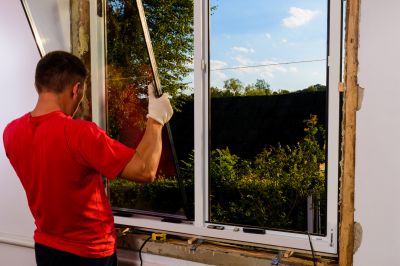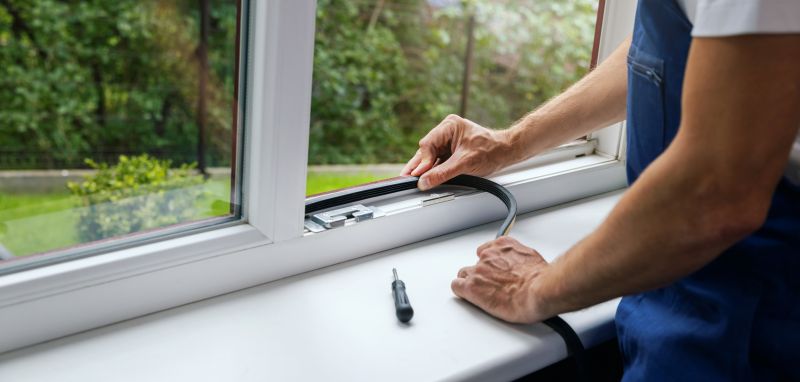Optimal Timing for Windows Installations
Understanding the best time to perform Windows installations can enhance system performance and reduce downtime. Factors such as seasonal workload fluctuations, hardware availability, and software update cycles influence the ideal timing for these procedures. Planning installations during periods of lower activity can ensure smoother transitions and better resource allocation.
Performing Windows installations during off-peak seasons can minimize disruption to daily operations and allow for thorough testing.
Scheduling installations when new hardware is available ensures compatibility and optimal performance.
Aligning installations with major software updates can improve security and functionality.
Choosing times when system usage is lower helps in diagnosing and resolving potential issues quickly.

Technicians preparing hardware for installation.

Configuring settings after Windows installation.

Verifying system stability and performance.

Ways to make Windows Installations work in tight or awkward layouts.

Popular materials for Windows Installations and why they hold up over time.

Simple add-ons that improve Windows Installations without blowing the budget.
| Timing Factors | Impact on Windows Installations |
|---|---|
| Seasonal Workload | Lower workload periods reduce operational disruptions. |
| Hardware Availability | Ensures compatibility and reduces delays. |
| Update Cycles | Aligning with updates improves security. |
| System Usage | Lower usage times facilitate troubleshooting. |
| Support Coordination | Supports timely assistance and troubleshooting. |
| Staff Availability | Ensures proper support during installation. |
| Business Cycles | Timing installations around business activity minimizes impact. |
Windows installations are critical for maintaining system security, compatibility, and performance. They involve replacing or upgrading the operating system to enhance functionality and address vulnerabilities. Proper planning, including selecting optimal timing, can prevent data loss, reduce downtime, and ensure a smooth transition. Statistics indicate that scheduling during low-traffic periods can decrease installation issues by a significant margin, leading to more efficient upgrades.
Advanced planning for Windows installations considers hardware readiness, software compatibility, and organizational workflows. Regular updates are essential for security and performance improvements, making timely installations beneficial. Additionally, coordinating with technical support teams during planned windows can streamline the process and resolve potential challenges swiftly.

Technicians installing Windows on a desktop.

Configuring system settings after installation.

Running checks to ensure stability.

Educating users on new system features.

High-end options that actually feel worth it for Windows Installations.

Finishes and colors that play nicely with Windows Installations.

Little measurements that prevent headaches on Windows Installations day.

A 60-second routine that keeps Windows Installations looking new.
Interested parties are encouraged to contact for scheduling Windows installations at a time that best suits operational needs. Proper timing ensures minimal disruption and optimal system performance, making it a valuable investment in organizational infrastructure.




